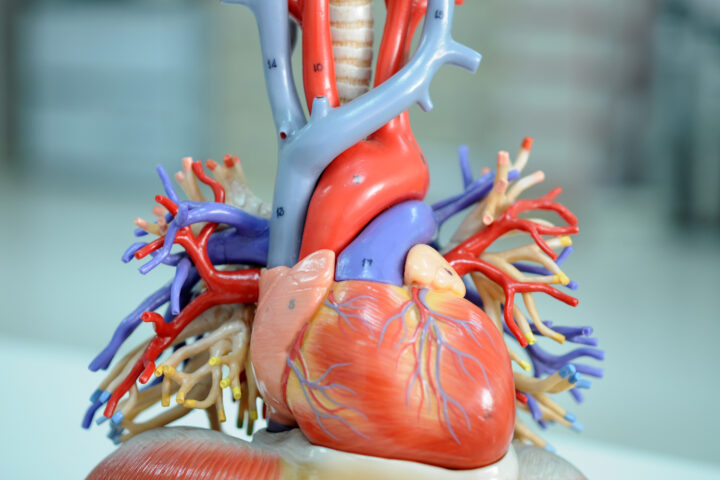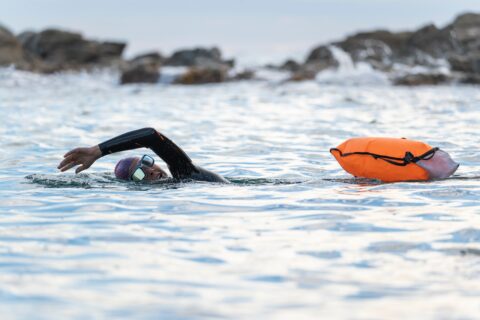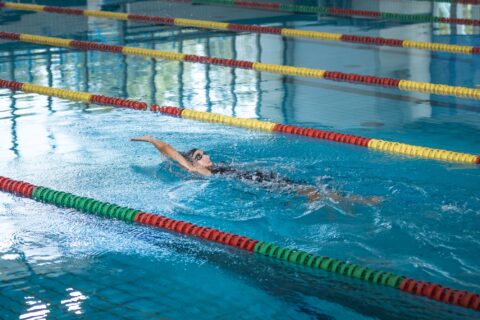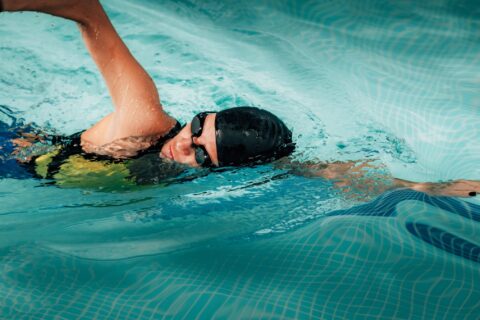We explore what it takes to develop from a recreational triathlete into an IRONMAN World Championship qualifier.
We explore what it takes to develop from a recreational triathlete into an IRONMAN World Championship qualifier.

We explore what it takes to develop from a recreational triathlete into an IRONMAN World Championship qualifier.

We explore what it takes to develop from a recreational triathlete into an IRONMAN World Championship qualifier.

The cardiovascular system powers endurance performance. Explore how training reshapes the heart, what causes cardiovascular drift, and why too much exercise may carry long-term risks.

Whether it’s toxic algae blooms, wildlife encounters, or boat traffic, there are many safety considerations to take into account when swimming in open water.

Keep your swim fitness up to speed with a regular maintenance session for off season.

Be ready for your Iron-distance swim with a 2.4-mile workout broken up into sets.